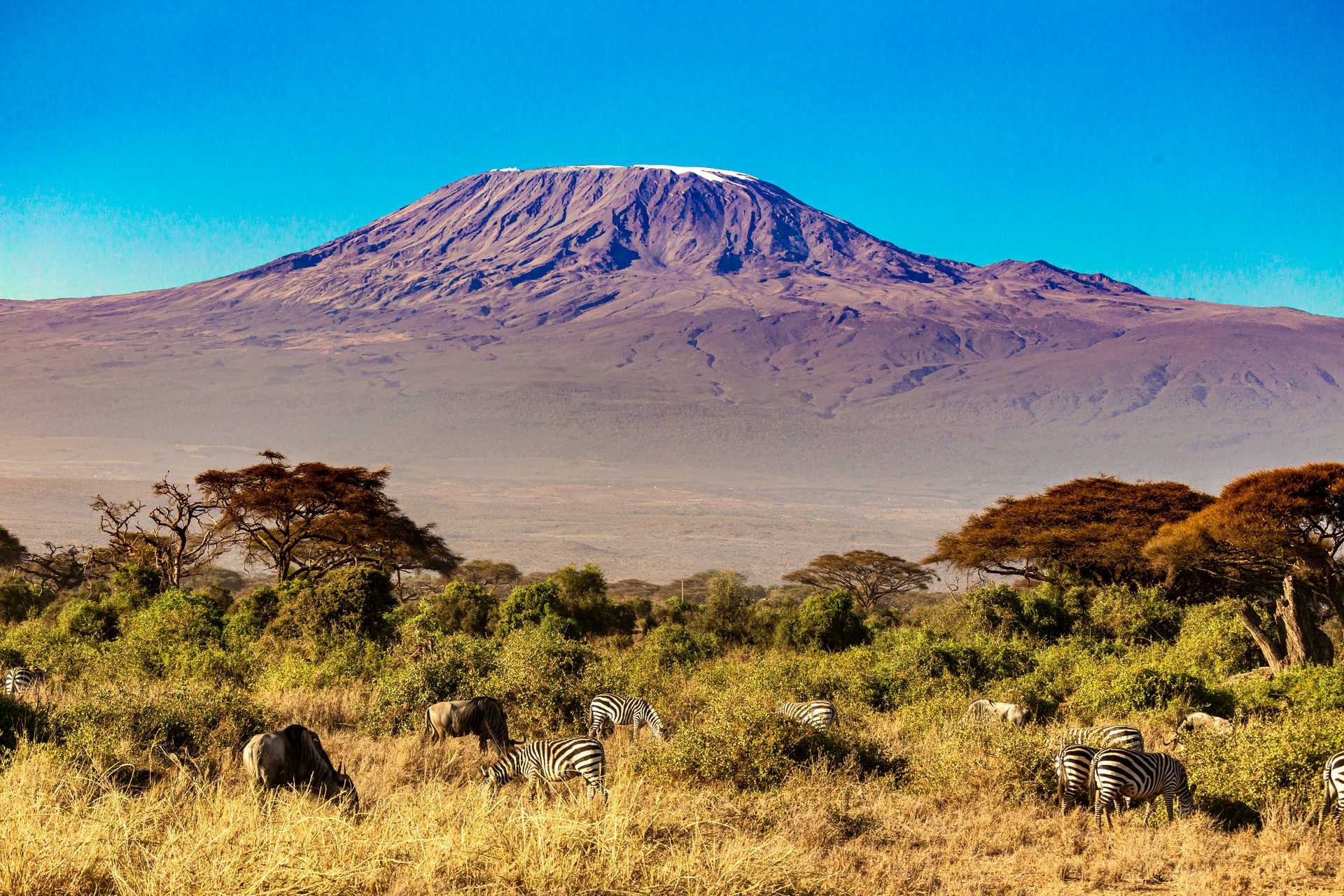Mount Kilimanjaro National Park
Kilimanjaro National Park itself covers an area of 1,688
square kilometres, or 652 square miles, and is a UNESCO World Heritage Site. Of
all the spectacular national parks in Tanzania, Mount Kilimanjaro National Park
stands out for one particular reason. The park is home to Mount Kilimanjaro,
the largest freestanding volcanic mass in the world and highest mountain in
Africa at 5,895m.
But there is much more to Kilimanjaro National Park than
just the iconic Kilimanjaro summit and in this guide, we will dive into the
interesting facts about the park and provide you with some top travel tips when
visiting Tanzania to climb
Kilimanjaro.
About national parks in Africa
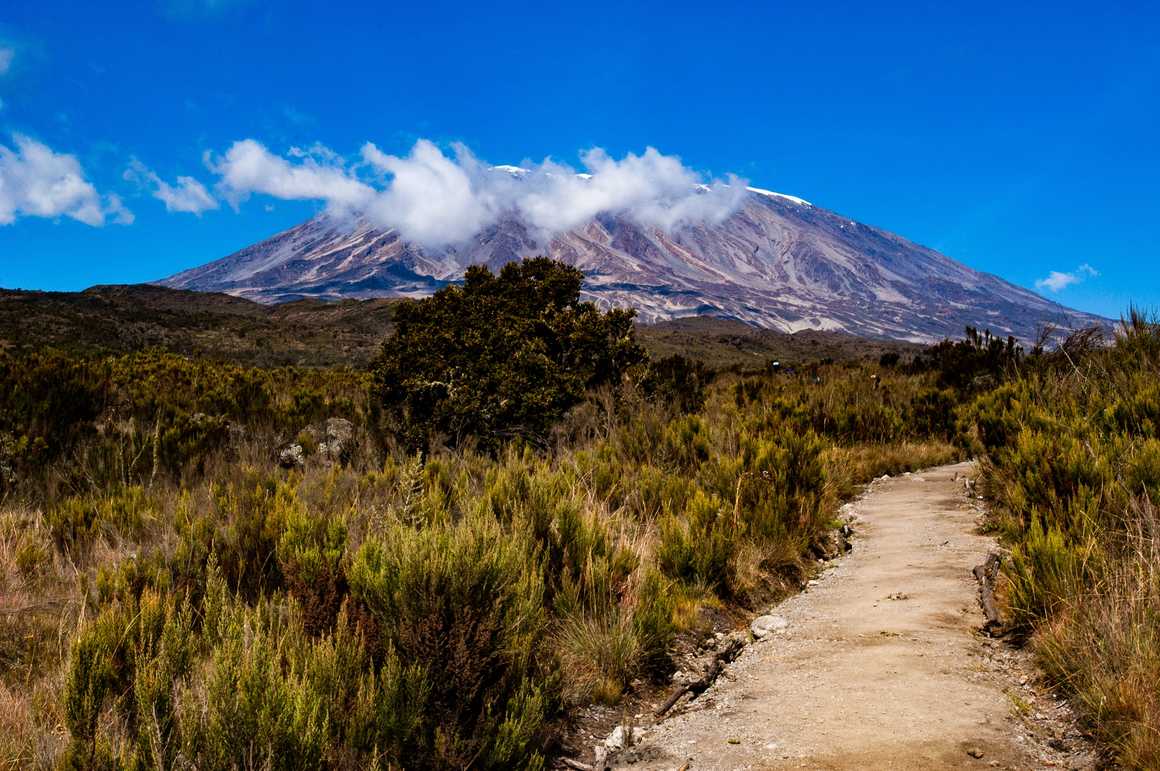
Where is Kilimanjaro National Park?
Within Kilimanjaro National Park, Mt Kilimanjaro is located
in the centre of the park. The snowy peaked dormant volcano stands alone above
the surrounding flat plains, overlooking the savannah and can be seen from as
far away as Tanzania’s neighbouring country Kenya.
Mount Kilimanjaro National Park can be accessed using one of
8 gates that act as entry and exit points. These gates include the Marangu
gate, Machame Gate and Umbwe gate on the southern foothills of Mount
Kilimanjaro and the Lemosho gate, Londorsi gate and Rongai gate on its northern
foothills. Which gate to use will depend on what you want to do whilst visiting
Kilimanjaro National Park.
Kilimanjaro National Park Entry Gates
Marangu Gate – the park headquarters are located at Marangu
Gate which sits in the village of Marangu on the southeastern foothills of
Kilimanjaro. This gate is the most easterly gate for Kilimanjaro National Park.
It is about an hours drive from Moshi and two hours drive from Kilimanjaro
International Airport. This is one of the most popular starting places for
trekking up Kilimanjaro and all those wanting to climb Kili up the Marangu Route from here must
register and enter through this gate.
Kilema Gate – this gate is not used as a trekking route but
is an access entry for suppliers bringing goods into the park for the various
camps. Kilma gate is probably the best place to enter the park by mountain bike
and there are local companies that organise mountain bike tours of Kilimanjaro
National Park starting from this entry point.
Mweka Gate – the next gate along the southern park boundary
to Kilema, Mweka gate is usually only used as an exit gate and not for entry to
the park.
Umbwe Gate – a little like the Mweka gate but the opposite
way around, the Umbwe gate is an entrance only gate. There is a small
administrative post here that can issue permits to visitors, and it is the next
gate west along from Mweka.
Machame Gate – this gate is next along westwards again, also
along the southern boundary of the national park. There are a few houses here,
but it is located in a remote suburb of Machame and much less busy than the
main Marangu Gate. The Machame route up Kilimanjaro is slightly longer and in
places steeper that the Marangu trekking route but no technical expertise is
needed to climb Kilimanjaro from either of these gates.
Lemosho Gate – along the western park boundary, the Lemosho
gate is surrounded by plantations and offers entry for those wanting to hike
Kilimanjaro on a quieter trekking route, the Lemosho route. This route offers a
gentler ascent and is great for those with less trekking experience.
Londorosi Gate – a much more out of the way gate, Londorosi
only offers access to the Shira, Lemosho and Northern Circuit trekking routes with a small
administration office here but lots of wonderful dense forest.
Rongai Gate – the only gate on the northern boundary of the
park, the Rongai gate serves those wanting to trek the Rongai route which is
less well serviced than other routes up Kilimanjaro. For this reason, it is
harder to trek high and sleep low, and extra acclimatisation is needed. This
route is best for wildlife spotting as there are far fewer people about and
also has better terrain for trekking during the wet seasons.
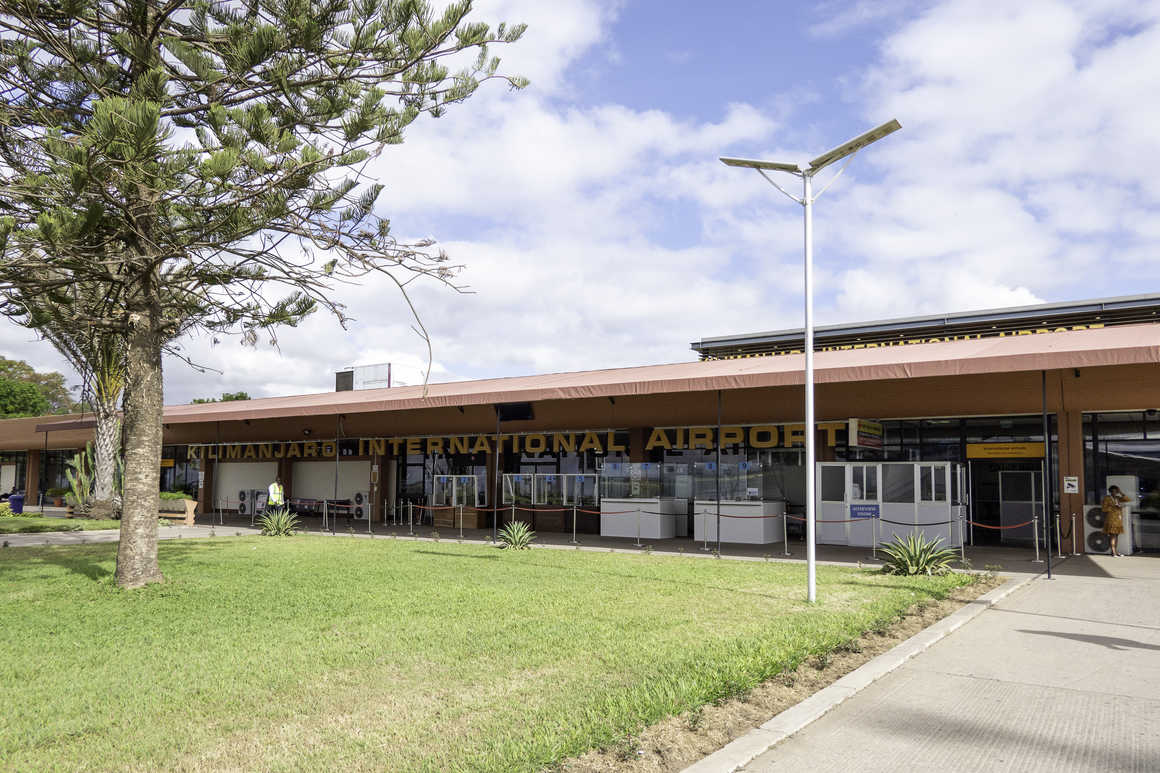
How do I get to Kilimanjaro National Park?
The next closest domestic airport is Arusha Airport (ARK)
near the city of Arusha, but this is not serviced as well with transfers and
transport as Kilimanjaro International Airport.
The main international airlines that fly into Kilimanjaro
International Airport from the UK or US are KLM, Qatar Airlines, Ethiopian
Airlines and their associated airline partners.
From the UK, KLM fly from London via Amsterdam, Qatar
Airlines fly from London, Manchester and Edinburgh via Doha and Ethiopian
Airlines fly from Manchester, London Heathrow and London Gatwick via Addis
Ababa to Kilimanjaro International Airport.
From the US, Delta Airlines offer the most direct flights to
Kilimanjaro International airport via Amsterdam in the Netherlands or American
Airlines via Doha in Qatar.
On all our trips to Kilimanjaro, trekkers will need to
organise their own flights to Kilimanjaro International Airport and from there
we will arrange a private transfer to your hotel where you will meet up with
your group and guides.

Kilimanjaro National Park accommodation
Moshi is very close to the southern entrance of the park
whereas Arusha is over two hours away by car. Despite this, many people find
Arusha to be a good base for both climbing Kilimanjaro and visiting one of the
widely popular Tanzania safari parks of Tanzania’s Northern Safari Circuit.
There are plenty of lovely hotels in Moshi and Arusha, some with pools, gardens
and terraces offering views of Kilimanjaro.
For those who are attempting to summit Kilimanjaro, the
route you take will dictate where you stay whilst climbing. For guests of
Kandoo Adventures, we take our own camping equipment with us when climbing
Kilimanjaro. We provide sleeping tents, a communal mess tent for eating and
relaxing and a toilet tent. Our team will often set up camp before you arrive
ensuring there is hot food and a warm place to lie down after a busy day on the
mountain.
The exception to this is when trekking the Marangu route.
Here we use the mountain huts that are fixed structures on Kilimanjaro. This is
great for those who would prefer not to camp, however it is worth noting that
these huts are dormitory style huts with basic and shared facilities so you’ll potentially
be sleeping with other visitors not necessarily in your group.
Mandara huts
The Mandara huts are the first hut camp you come to when
trekking the Marangu route and are 8km from the park gate, which is
approximately 3-4 hours hike. These fantastic A-shaped huts sleep up to 8
people with dining
hall and toilet facilities also within the camp area. At 2,700m you are already
at altitude here and will be looking forward to a well-earned rest already.
Surrounded by dense rainforest, you’ll sleep under a forest canopy to the
cacophony of the jungle wildlife around you.
Horombo huts
You’ll find yourself in a Horombo hut on the second and
third nights of your Marangu route trek with Kandoo. The extra night allows for
acclimatisation and offers the opportunity to hike high and sleep low for a
second night. These are similar to a Mandara hut with an A shaped structure but
instead of nestled in the forest, these huts sit on the edge between the
moorland region and the alpine desert, right along Mawenzi’s ridge at around
3,700m high.
Kibo huts
Your highest Kilimanjaro hut experience will be in a Kibo
hut. At 4,700m in amongst the alpine desert there is little vegetation and even
less wildlife however the views are stunning. This will be your last resting
place before your summit attempt so a good night’s sleep and a hearty meal in
the dining hut is a must!
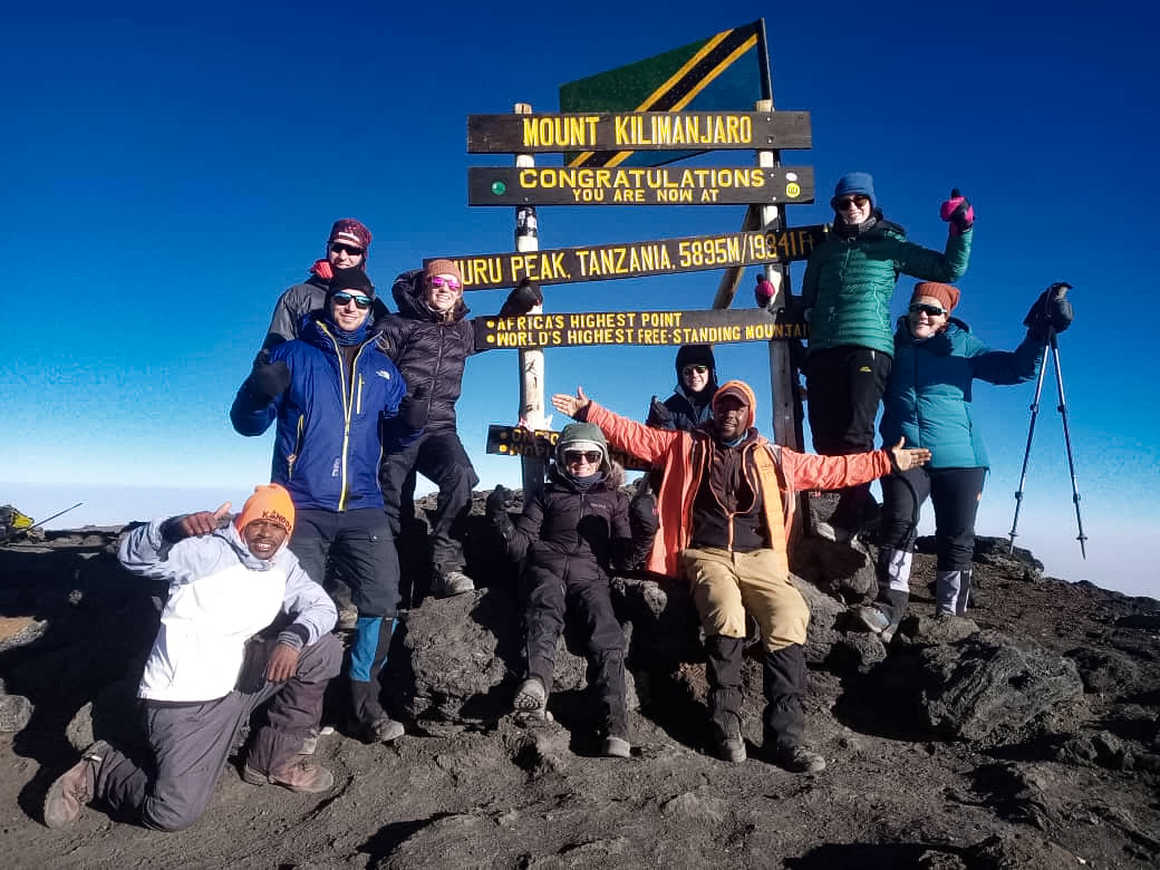
Activities to try in Kilimanjaro National Park
trekking
mountain biking Kilimanjaro
To mountain bike Kilimanjaro doesn’t have to involve a
summit attempt though. You can join single day and multi-day biking adventures
where you cycle along different routes and take in many of the sights of the
park and the mountain, enjoy wildlife spotting and find hidden waterfalls,
swimming spots and explore the different climate zones found here.
Bird watching Kilimanjaro
Kilimanjaro wildlife safari
cultural tours kilimanjaro
Paragliding Kilimanjaro
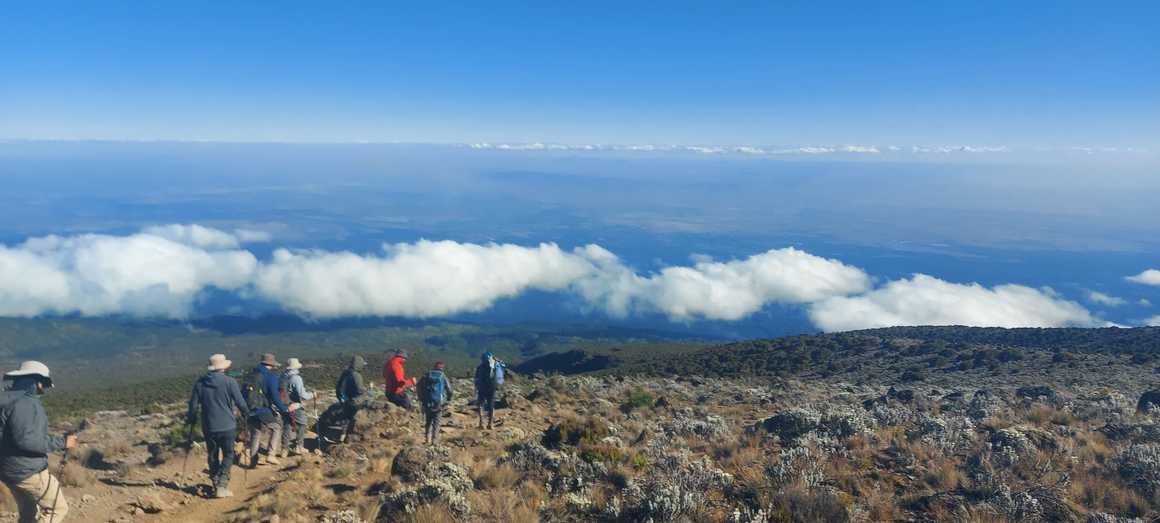
Is Kilimanjaro National Park Safe?
The biggest threat posed by climbing Kilimanjaro is the
possibility of developing altitude sickness. Anyone who travels to high
altitude is subject to altitude sickness and it occurs when you ascend too
quickly and don’t allow the body sufficient time to acclimatise to lower oxygen
levels. Our blog on how to prevent altitude sickness when climbing Kilimanjaro provides
you with all you need to know about altitude sickness. It’s well worth a read,
particularly if it’s your first time trekking at altitude.
Kilimanjaro National Park weather and climate
Those who visit Kilimanjaro National Park to climb
Kilimanjaro must come prepared for all the different zones they’ll experience.
The base of the mountain begins with the dry cultivated zone
from 800m to 1,800m where local people have farmed the land, growing crops such
as coffee and bananas. When climbing Kilimanjaro, the trailheads start higher
up the mountain so you would walk through this section of the park.
Next, at around 1,800m to 2,800m, you come to the dense
rainforests of Kilimanjaro. You can expect plentiful plant life, large
moss-covered trees, as well as thick undergrowth and streams running through
this band around the base of Mount Kilimanjaro.
Above the treeline, at around 2,800m it is much drier,
colder and less humid than the rainforest. There is still foliage here and
rocky paths among an assortment of unusual vegetation.
At around 4,000m you enter the alpine desert zone.
The best time to visit Kilimanjaro National Park
We recommend climbing Kilimanjaro on one of our Kilimanjaro
routes during the warmest and driest time of the year, from June to October and
December to March. In fact, we only run trips to Kilimanjaro during these
‘high’ seasons to ensure the safety of all our group members and a more
enjoyable experience all round.
For more information, our blog on the best time to climb Kilimanjaro covers everything you
need to know about Kilimanjaro weather, season by season.
What you need to know before visiting Kilimanjaro National Park
Park guides – as part of an organised group you will already
have a local guide for your group, as well as porters, cooks and support staff
to assist your journey. Solo travellers will need to seek out and employ a
local guide before trekking into Kilimanjaro National Park.
What to take with you – you’ll need good boots, walking
poles, a sleeping bag, lots of breathable layers, a hat, gloves, warm socks, a
daypack, water canteen, sunglasses, suncream, basic toiletries, an insulated
outer layer, preferably waterproof and high-energy snacks. Everything else,
meals, cutlery, crockery, toilets, tents, chairs and sleeping mats, will be
provided for you by your Kandoo guide.
Leave no Trace – we firmly adhere to the Leave no Trace
scheme, where we remove all waste we take onto the mountain. Please refrain
from dropping litter, taking more than you can carry and leaving equipment and
kit behind. Looking after Kilimanjaro will ensure that she, the local people,
wildlife and vegetation can continue to thrive despite the number of visitors
that pass through each year.
Kilimanjaro National Park Entry Fees
Children between 5 – 15 years old - $20 USD
Kilimanjaro National Park Camping/Hut Fees
Children between 5 – 15 years old - $10 USD
Kilimanjaro National Park Cycling Fees
Kilimanjaro National Park Rescue Fees
Must-see highlights of Kilimanjaro National Park
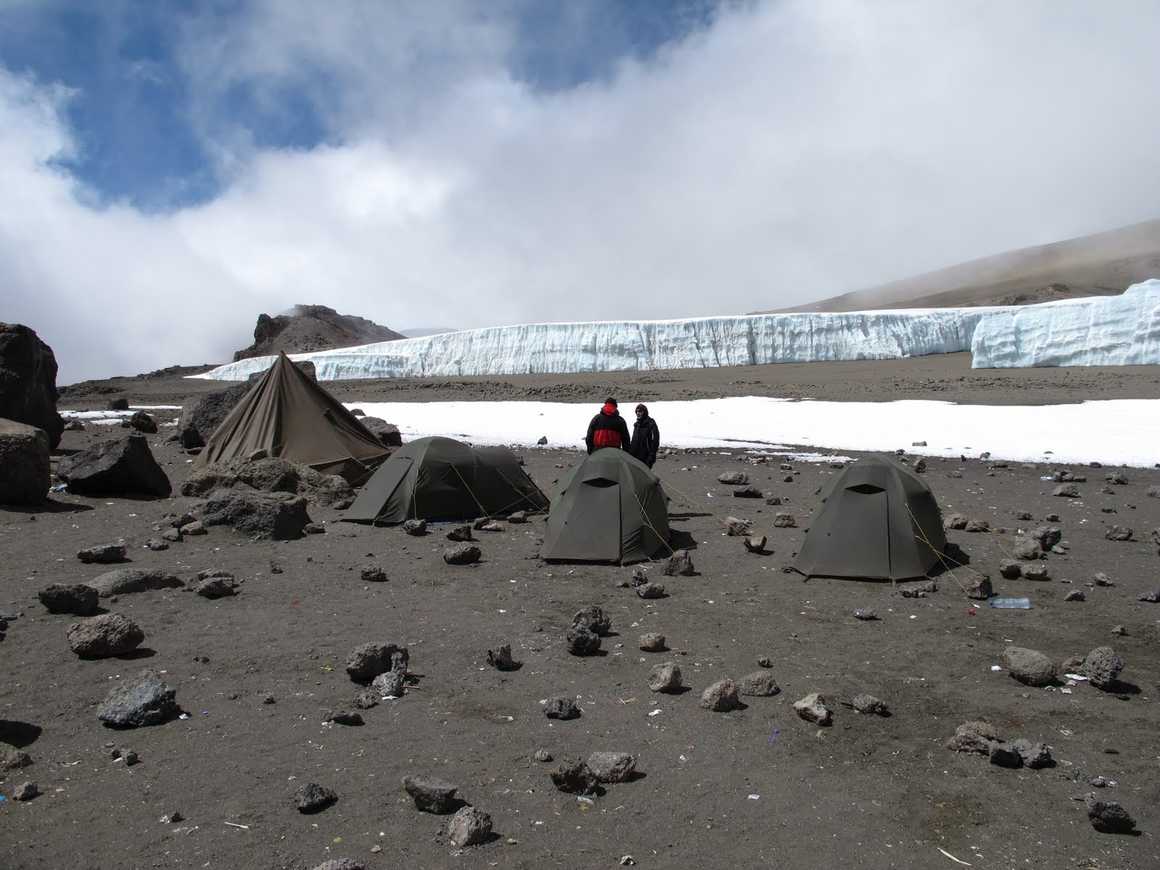
- Crater Camp – at 5,750m Crater Camp Kilimanjaro
is the highest camping spot on the mountain and is only an option for those
trekking the Machame, Lemosho or Northern Circuit Kilimanjaro trekking routes.
This incredible sight is a near perfect circular crater, as the name suggests,
with the Ash Pit in the centre. Sleeping at this altitude is only recommended
for those with experience of high altitudes but the opportunity to glimpse
sunrise over Crater Camp is a truly memorable experience.
- Shira Plateau – this dramatic plain is on the
western slopes of Kilimanjaro and is the result of the collapse of the Shira
volcanic peak, 500,000 years ago. The moorland plateau is covered with bush,
scrub and low-lying vegetation and offers stunning views. You can hike here as
a day trip as it takes 2-3 hours to reach the plateau.
- Maundi Crater – the Maundi Crater is around 1km
from the Mandara hut camp along the edge of the Marangu trekking route. This
bowl is a barren crater surrounded by rainforest which offers incredible views
of Mount Kilimanjaro, northern Tanzania and into Kenya beyond. You can hike to
the Maundi Crater from the Marangu Gate, which will take 3-4 hours to get there
and can be done as a day trip.
- Lauwo Waterfall – this pretty waterfall is also
along the Marangu trekking route and is just under 3km from the gate so can be
explored as part of a day trip to Kilimanjaro National Park. Trek through
montane forest to get here and enjoy views of the waterfall from a
purpose-built boardwalk and wooden steps.
- Montane forest – a montane forest is forest
found on the slopes of mountains. On Kilimanjaro this is the second climate
zone you will experience after the plantations of the lower slopes. It is
possible to take guided walks into the park to explore the forests and there
are circular trails that take you past beautiful ferns, orchids, pines, moss
and lichen, as well as hidden waterfalls, shy wildlife and colourful birds.
We hope this article has given you lots of reasons to visit
Kilimanjaro National Park. This biodiverse, beautiful and fascinating national
park is well-worth a visit whether you are interested in trekking or not,
although hiking in Kilimanjaro will reward you with all the best bits – the
views, the wildlife, the experience. Check out our amazing Kilimanjaro trips or
get in touch with our friendly team and let us help you plan your Tanzanian adventure.










